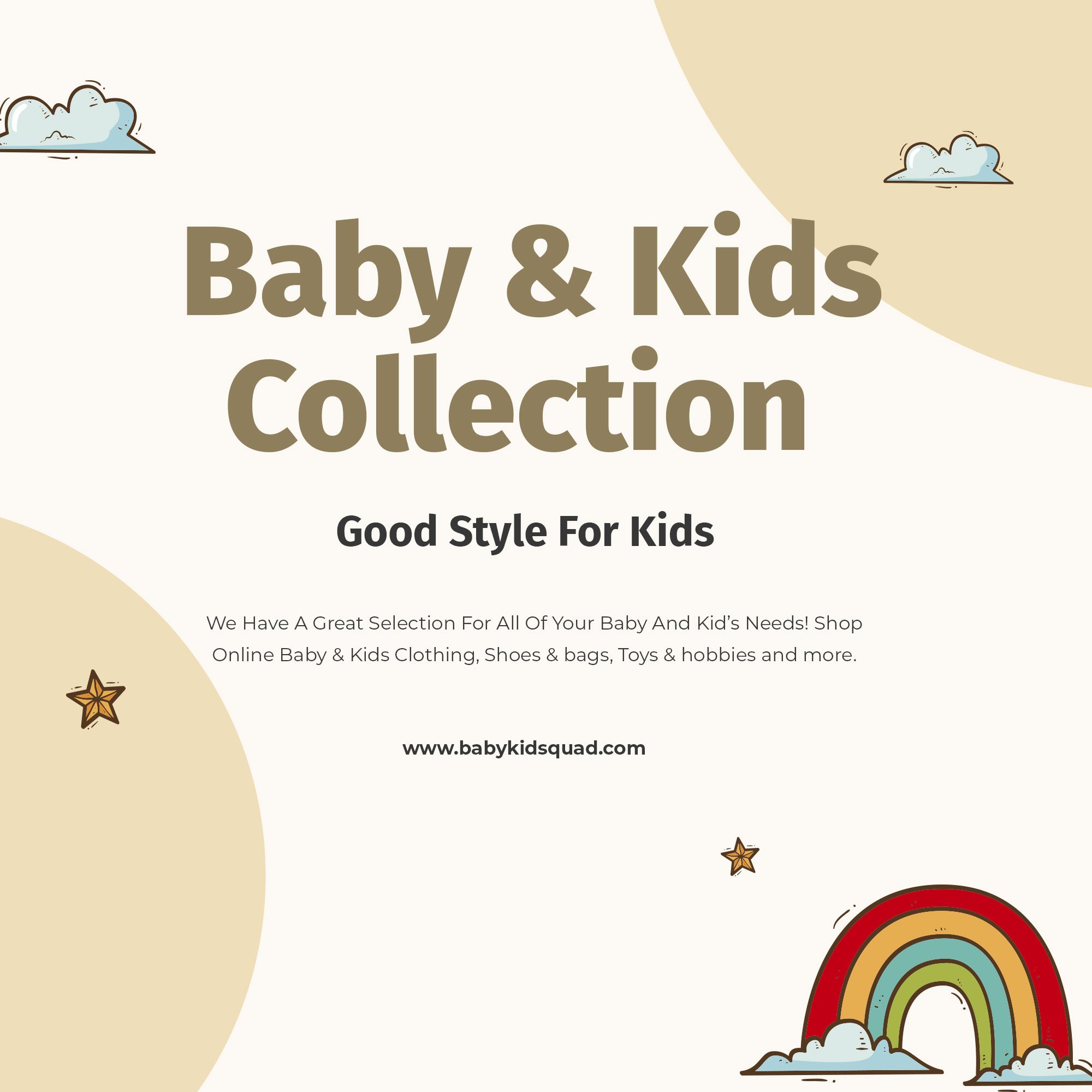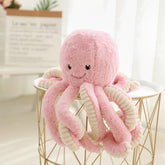Does Goodwill Take Plush Toys? Understanding Donation Guidelines
Table of Contents
- Introduction
- Understanding Goodwill's Donation Policies
- The Benefits of Donating Plush Toys
- How to Donate Plush Toys to Goodwill
- Engaging Children in the Donation Process
- Conclusion
When cleaning out our children's playrooms or simply decluttering our homes, many of us find ourselves faced with the question: "What should we do with these gently used plush toys?" Plush toys hold sentimental value and often come with memories attached. However, as our children grow, these toys can become surplus to our needs. This brings us to an important consideration: does Goodwill take plush toys?
In our quest to find new homes for these stuffed companions, we want to ensure that we are contributing positively to our community. Goodwill is a well-known organization that provides a vital service by accepting donations and turning them into opportunities for individuals seeking employment and skills training. Understanding what items can be donated, especially plush toys, can help us make informed decisions that benefit both our families and others in need.
In this blog post, we will delve into the specifics of donating plush toys to Goodwill, exploring their donation policies, the benefits of donating plush toys, and how to ensure your donations are impactful. Together, we’ll also discuss how this simple act can create a ripple effect of goodwill in our communities.
Introduction
Have you ever wondered what happens to the toys your children outgrow? Each year, millions of plush toys are discarded, left to gather dust in storage, or sent to landfills when they could instead be finding new homes. The thought of these cuddly companions being thrown away can feel disheartening, especially when there are so many children who could benefit from them.
According to statistics, approximately 15 million toys end up in landfills each year, contributing to the growing problem of waste. However, organizations like Goodwill provide a solution by accepting donations of various items, including plush toys, which can be resold or repurposed. Not only does donating these toys help reduce landfill waste, but it also supports Goodwill's mission of creating jobs and providing training for those in need.
By the end of this blog post, you’ll have a comprehensive understanding of Goodwill’s donation policies regarding plush toys, the process of donating, and the broader impact of your contributions. We will also provide tips on how to prepare your plush toys for donation, ensuring they are ready for their new adventure!
Let’s dive into the details!
Understanding Goodwill's Donation Policies
Before we explore the impact of donating plush toys, it's essential to understand Goodwill's overall donation policies. Goodwill accepts a wide range of items, but there are specific guidelines regarding what they can and cannot take.
What Goodwill Accepts
Goodwill welcomes a variety of items, including:
- Clothing: All sizes and styles.
- Housewares: Dishes, glassware, and small appliances.
- Electronics: Working electronics (excluding televisions).
- Toys: This includes plush toys, dolls, games, and puzzles.
- Furniture: Small items in good condition.
Specifically regarding plush toys, Goodwill does accept them as long as they are clean and in good condition. This means that any stuffed animals, plush dolls, or other fabric toys that have been well cared for can find a new home through Goodwill.
What Goodwill Does Not Accept
While Goodwill is generous with its acceptance policy, there are certain items they cannot take for safety or legal reasons. Some items that are typically not accepted include:
- Hazardous materials: Such as chemicals and certain electronics.
- Baby gear: Including cribs and car seats due to safety regulations.
- Damaged or soiled items: Items that are broken, dirty, or have pet hair.
To ensure your plush toys can be accepted, it's crucial to inspect them beforehand. Toys that are clean, free from stains, and have no missing parts or repairs will have a better chance of being resold.
Preparing Plush Toys for Donation
When preparing plush toys for donation, we recommend taking a few simple steps to ensure they are suitable for their new home:
- Clean Them Thoroughly: Wash or spot-clean your plush toys to remove any dirt, stains, or odors. Check the care label for washing instructions.
- Inspect for Damage: Check for any rips, tears, or missing parts. Toys that are broken or significantly worn should not be donated.
- Remove Personal Items: If your plush toys have any attached items (like clothing or accessories), make sure to remove personal belongings before donating.
By following these steps, we can help ensure that our donations are useful and appreciated by the next generation of children.
The Benefits of Donating Plush Toys
Donating plush toys to Goodwill goes beyond simply getting rid of items cluttering our homes; it comes with numerous benefits for both the community and the donors themselves.
Supporting the Community
When we donate plush toys to Goodwill, we’re actively supporting a nonprofit organization that employs thousands of people and provides critical services to our communities. Goodwill uses the proceeds from sold items to fund job training programs, employment services, and community initiatives.
These programs are particularly beneficial for individuals facing barriers to employment, such as veterans, people with disabilities, and single parents. By donating plush toys, we’re helping create jobs and opportunities for those who need them most.
Helping Children in Need
Every plush toy donated can bring smiles and comfort to children who may not have access to new toys. For families facing financial hardships, finding affordable toys can be a challenge. Goodwill provides a solution by offering these toys at a lower cost, ensuring that children can enjoy the comfort of a beloved stuffed animal without straining their family's budget.
Environmental Benefits
By donating plush toys instead of throwing them away, we contribute to reducing waste. Plush toys, like many textiles, can take years to decompose in landfills. Donating helps extend the life of these items and reduces our environmental footprint. Additionally, Goodwill often recycles items that cannot be sold, ensuring that materials are repurposed rather than wasted.
Tax Benefits
Donating to Goodwill also provides potential tax deductions for donors. When we donate items, we can receive a receipt that may be used for tax purposes, providing financial benefits during tax season. This is a win-win situation where we can declutter our homes while also receiving potential tax relief.
How to Donate Plush Toys to Goodwill
Now that we understand the importance and impact of donating plush toys, let’s look at the steps involved in making a donation to Goodwill.
Finding a Donation Center
Goodwill has numerous donation centers and retail locations across the country. To find the nearest one, simply visit the official Goodwill website or use their store locator tool. You can enter your zip code to locate the closest donation site to you.
Preparing for Donation
As mentioned earlier, it’s essential to prepare your plush toys appropriately. Make sure they are clean and in good condition before packing them up for donation.
Dropping Off Your Donation
Most Goodwill locations accept donations during regular business hours. When you arrive at the donation center, there will typically be designated areas for dropping off items. Simply place your plush toys in the appropriate bins or with the staff, and they will take care of the rest.
Receiving a Tax Receipt
After you’ve successfully donated your plush toys, request a tax receipt. This will serve as documentation for your donation and can be helpful during tax season.
Engaging Children in the Donation Process
Donating plush toys can be an excellent opportunity to teach children about generosity and community responsibility. Involving them in the process can foster empathy and understanding of the importance of giving back.
Creating a Donation Game
One fun way to engage children is to create a “donation game.” This could involve gathering toys together and discussing which ones they no longer play with or need. Encourage them to think about how their toys can bring joy to other children.
Discussing the Impact
Before and after donating, have discussions with your children about where the toys will go and how they will help other kids. This can help them understand the broader impact of their actions and instill a sense of pride in their contribution.
Conclusion
In conclusion, donating plush toys to Goodwill is a meaningful way to declutter our homes while positively impacting the community. By understanding Goodwill's donation policies, preparing items properly, and involving our children in the process, we can make a difference in the lives of those around us.
As we continue our journey through parenthood, let’s embrace opportunities to teach our children about generosity and community involvement. Together, we can foster a culture of giving and support, ensuring that every plush toy can find a loving home and every child can enjoy the comfort of a soft companion.
If you have plush toys that are no longer needed, consider donating them to Goodwill. It’s a small act that can lead to significant benefits for others and our environment.
FAQ
1. Does Goodwill accept all types of plush toys?
Goodwill accepts a variety of plush toys as long as they are clean and in good condition. This includes stuffed animals, dolls, and other fabric toys.
2. What condition must plush toys be in to be accepted?
Plush toys should be free from stains, rips, or any signs of damage. They should also be clean and presentable.
3. Can I donate plush toys that have been previously loved?
Yes! Goodwill encourages donations of gently used plush toys, as they can bring joy to other children.
4. What if I have plush toys that are damaged?
Damaged plush toys should not be donated, as they may not be sellable. However, consider recycling options or repurposing them creatively at home.
5. How does my donation help the community?
Your donation supports Goodwill’s mission to provide job training and employment services to individuals in need, helping them gain skills and find work.
By learning and sharing this information, we can all contribute to a more generous and supportive community. Thank you for considering donating your plush toys and making a positive impact today!





